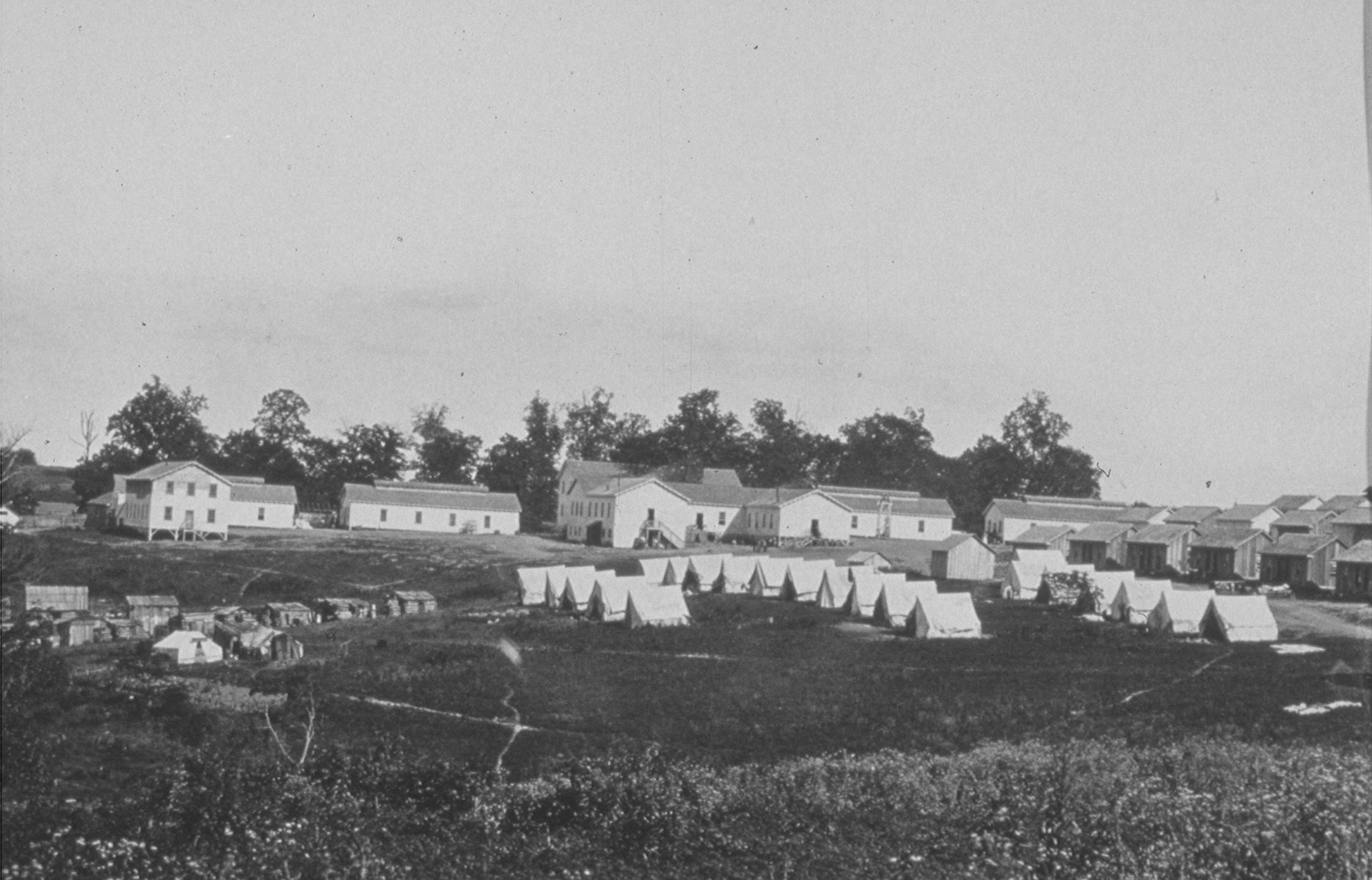Hidden Refuge: Secret Slave Camps Of The Civil War

During the Civil War, many enslaved people sought freedom by escaping to hidden camps. These secret slave camps, often deep in forests or swamps, provided a temporary refuge from the harsh realities of slavery. Runaways formed communities, sharing resources and protecting each other from slave catchers. These camps were not just places of hiding but also of hope and resilience. They played a crucial role in the fight for freedom, offering a glimpse into the lives of those who risked everything for a chance at liberty. Understanding these hidden sanctuaries sheds light on the bravery and determination of enslaved people during this tumultuous period.
Secret Slave Camps: A Glimpse into History
During the Civil War, many enslaved people sought refuge in hidden camps. These secret locations provided a temporary haven from the horrors of slavery. Let's explore some of these lesser-known places that played a crucial role in the lives of those seeking freedom.
Hidden Camps in the South
The Southern states, with their vast landscapes and dense forests, offered numerous hiding spots for secret slave camps. These places became sanctuaries for those escaping the brutal conditions of slavery.
Great Dismal Swamp, Virginia and North Carolina
- This swampy area provided a natural barrier against slave catchers. Enslaved people used the dense vegetation and treacherous terrain to their advantage, creating hidden communities within the swamp.
Cumberland Mountains, Tennessee
- The rugged terrain of the Cumberland Mountains offered a perfect hideout. Enslaved people built makeshift shelters and relied on the natural resources of the mountains to survive.
Okefenokee Swamp, Georgia
- Similar to the Great Dismal Swamp, the Okefenokee Swamp's dense vegetation and dangerous wildlife made it a formidable place for slave catchers. Enslaved people found refuge in this challenging environment.
Northern Hideouts
While the North is often associated with freedom, it also had its share of secret camps. These locations provided temporary shelter for those on the run, helping them move closer to freedom.
Adirondack Mountains, New York
- The vast wilderness of the Adirondacks offered numerous hiding spots. Enslaved people used the dense forests and remote areas to evade capture.
Allegheny Mountains, Pennsylvania
- The Allegheny Mountains provided a natural barrier and a place to hide. Enslaved people created temporary camps in the mountains while planning their next move.
Lesser-Known Sanctuaries
Some secret slave camps were hidden in plain sight, often in areas not typically associated with the Civil War. These locations played a vital role in the journey to freedom.
Quaker Safe Houses, Indiana
- Quakers in Indiana provided shelter and assistance to escaping slaves. Their homes often served as temporary camps, offering food, shelter, and guidance.
Underground Railroad Stations, Ohio
- Ohio was a key state in the Underground Railroad network. Many homes and barns served as secret camps, providing a safe haven for those on the run.
Coastal Hideaways
The coastal regions of the United States also offered unique hiding spots. These areas provided access to waterways, which were crucial for escaping to freedom.
Barrier Islands, South Carolina
- The remote barrier islands off the coast of South Carolina provided a secluded refuge. Enslaved people used these islands as temporary camps while waiting for transport to the North.
Chesapeake Bay, Maryland
- The Chesapeake Bay's numerous inlets and coves offered hiding spots for escaping slaves. Small boats and hidden camps along the shoreline played a crucial role in their journey.
Western Wilderness
The western territories, though less populated, also provided refuge for those seeking freedom. The vast and often harsh landscapes offered unique hiding spots.
Rocky Mountains, Colorado
- The rugged terrain of the Rockies provided a challenging but effective hiding place. Enslaved people used the mountains' natural features to evade capture and survive.
Sierra Nevada, California
- The Sierra Nevada's remote and difficult-to-navigate terrain made it an ideal hiding spot. Enslaved people found refuge in the mountains while planning their next steps toward freedom.
These hidden camps, scattered across the United States, played a vital role in the lives of those seeking freedom during the Civil War. Each location, with its unique challenges and advantages, provided a temporary sanctuary for those on the run.
Lessons from the Past
Understanding secret slave camps during the Civil War sheds light on a dark chapter in history. These hidden places were not just sites of suffering but also of resistance and survival. Learning about them helps us appreciate the resilience of those who endured unimaginable hardships.
Visiting these historical sites or reading about them can deepen our knowledge of the past and its impact on the present. It’s crucial to remember these stories to ensure such atrocities never happen again.
By acknowledging this history, we honor the strength and courage of those who lived through it. Their stories remind us of the importance of freedom, equality, and human rights. Let’s carry these lessons forward, striving for a more just and compassionate world.

